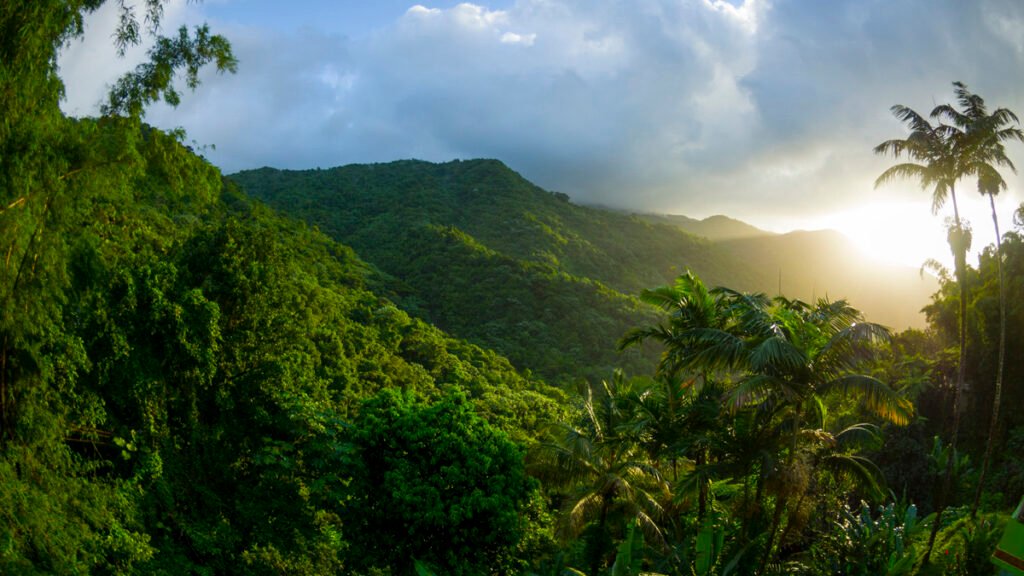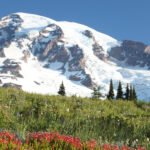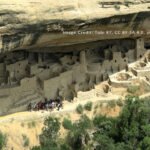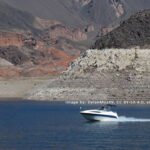Explore El Yunque National Forest in Puerto Rico with our comprehensive guide. Discover its history, biodiversity, top attractions, activities, accommodations, weather, and conservation efforts. Plan your visit today!
Table of Contents
Introduction to El Yunque National Forest
Nestled in northeastern Puerto Rico, El Yunque National Forest is a tropical paradise known for its lush landscapes, rich biodiversity, and captivating beauty. As the only tropical rainforest in the U.S. National Forest System, El Yunque offers a unique experience for nature enthusiasts and adventure seekers alike. Visitors can explore its verdant trails, stunning waterfalls, and diverse ecosystems, making it a must-visit destination for anyone traveling to Puerto Rico.
History and Background
El Yunque has a rich history that dates back to the indigenous Taíno people, who considered it a sacred site. The forest was designated as a national reserve by the Spanish Crown in 1876, recognizing its ecological significance. After the United States acquired Puerto Rico in 1898, it became part of the U.S. National Forest System. Over the years, El Yunque has been preserved and protected, ensuring that its natural beauty and ecological importance are maintained for future generations.
Biodiversity of El Yunque
El Yunque National Forest is home to an incredible array of flora and fauna. It boasts over 240 tree species, including the iconic Tabonuco and Sierra Palm. The forest is a sanctuary for numerous animal species, such as the Puerto Rican Parrot, which is critically endangered, and the Coquí frog, whose distinctive call is synonymous with the island. The diverse ecosystems, from lowland forests to cloud forests, provide a habitat for many endemic species, making El Yunque a biodiversity hotspot.
Famous Attractions in El Yunque
One of the forest’s most famous attractions is La Mina Falls, a breathtaking waterfall that cascades into a natural pool, perfect for a refreshing dip. Another popular spot is the Yokahu Tower, offering panoramic views of the forest canopy and the surrounding landscape. The El Portal Visitor Center is an excellent starting point for any visit, providing educational exhibits and information about the forest’s ecology and history. Other must-see sites include the lush Big Tree Trail and the serene Baño Grande pool.
Activities in El Yunque
El Yunque offers a wide range of activities for visitors. Hiking is one of the most popular, with numerous trails catering to different fitness levels and interests. Bird watching is another favorite activity, with the chance to spot rare and endemic species. For those seeking adventure, zip-lining through the forest canopy provides an exhilarating experience. Swimming in natural pools and waterfalls, such as La Coca Falls, is a refreshing way to enjoy the forest’s natural beauty.
Accommodations Near El Yunque
While there are no accommodations within El Yunque National Forest itself, several nearby options cater to various preferences and budgets. The nearby towns of Río Grande and Luquillo offer a range of hotels, resorts, and vacation rentals. For a luxurious stay, consider the Wyndham Grand Rio Mar Puerto Rico Golf & Beach Resort. Budget travelers might prefer the cozy and affordable Luquillo Sunrise Beach Inn. Camping enthusiasts can find campgrounds and cabins in the surrounding areas for a more immersive nature experience.
Weather Conditions in El Yunque
El Yunque’s tropical climate means it experiences warm temperatures and high humidity year-round. The average temperature ranges from 70°F to 80°F (21°C to 27°C). Rain is frequent, contributing to the lush, green environment, so visitors should be prepared for sudden showers. The wet season typically runs from May to November, while the dry season is from December to April. Despite the rain, El Yunque’s weather is generally pleasant, making it an ideal destination at any time of the year.
Tips for Visiting El Yunque
To make the most of your visit to El Yunque, consider these tips. Wear comfortable, moisture-wicking clothing and sturdy hiking shoes, as trails can be slippery. Bring plenty of water, snacks, and insect repellent. A waterproof jacket or poncho is essential due to frequent rain showers. Start your visit early in the day to avoid crowds and take advantage of the cooler morning temperatures. Respect the natural environment by staying on designated trails and not disturbing wildlife.
Conservation Efforts in El Yunque
Conservation is a key focus in El Yunque, with numerous efforts aimed at protecting its unique ecosystems and biodiversity. The forest is involved in various research and restoration projects, including the recovery program for the Puerto Rican Parrot. Sustainable tourism practices are encouraged to minimize human impact on the environment. Visitors can support these efforts by following guidelines, participating in volunteer programs, and donating to conservation initiatives.
Visitor Information
El Yunque National Forest is open year-round, but it’s advisable to check for any trail closures or weather advisories before your visit. The El Portal Visitor Center provides maps, trail information, and exhibits about the forest’s ecology and history. Entry to the forest is free, but some areas and activities may have fees. Guided tours are available for those who prefer a more informative experience.
For more information, Click here to visit the official USDA Forest Service El Yunque website.
El Yunque National Forest is a jewel of Puerto Rico, offering an unparalleled experience of natural beauty, biodiversity, and adventure. From its rich history and diverse ecosystems to its breathtaking attractions and exciting activities, El Yunque has something for everyone. Whether you’re an avid hiker, a wildlife enthusiast, or simply looking to relax in a tropical paradise, El Yunque is a destination that will leave you with unforgettable memories. Plan your visit today and discover the wonders of this tropical rainforest oasis.







